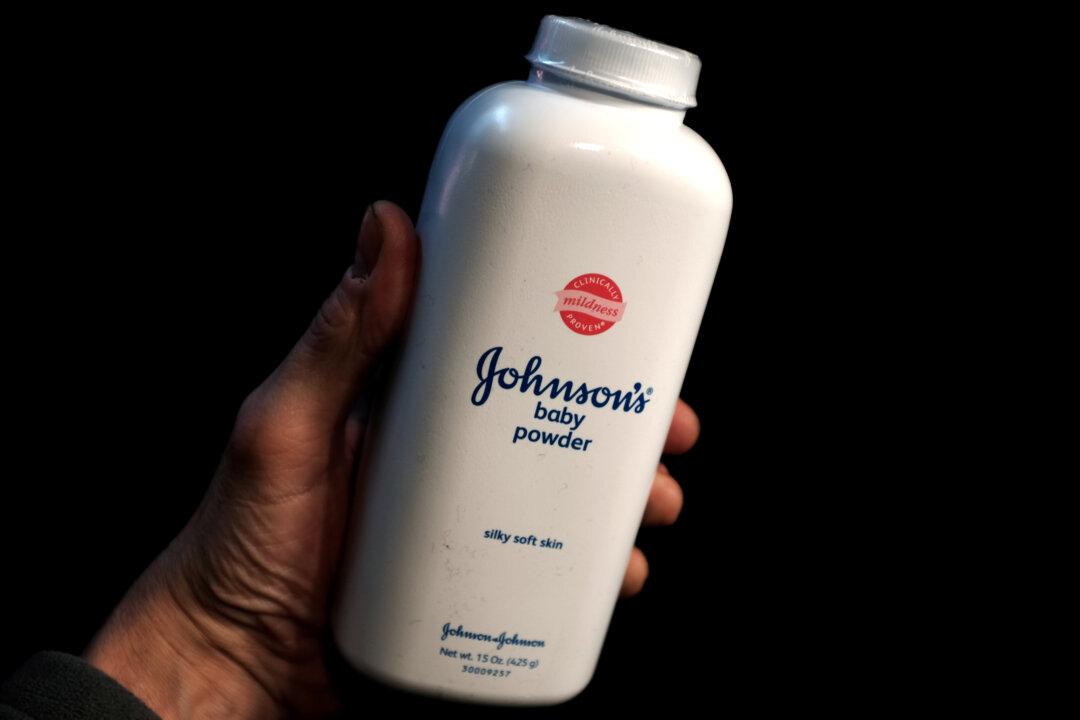A Johnson & Johnson subsidiary is again asking a U.S. judge to pause tens of thousands of lawsuits alleging the company’s baby powder and other talc products cause cancer, as it seeks to resolve the litigation in bankruptcy after a federal appeals court found its first attempt improper.
At a Tuesday hearing in Trenton, New Jersey, a lawyer for LTL Management argued the lawsuits, which are already stayed against LTL, should also be stopped against J&J, which has a market value of over $430 billion and has not filed for bankruptcy itself.





